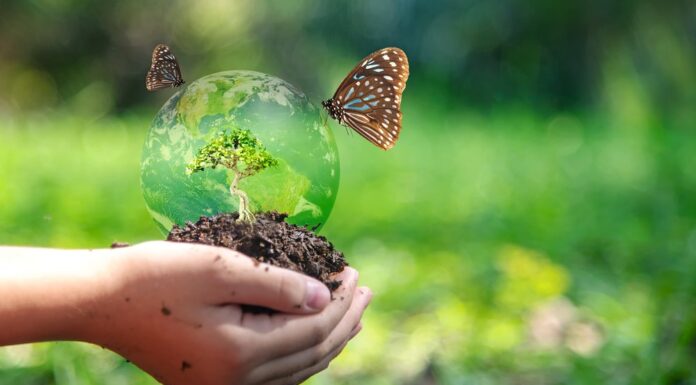People have always imagined living in a world where the sun powers our homes, electricity powers our cars, and pesticides are not used to grow our food. These are no longer just pipe dreams, thanks to the world that green technology is already creating for us.
Green technology, also known as clean technology, is the use of science and engineering to create products and services that have a lower environmental impact. This concept can help us address some of the most pressing environmental challenges of our time, such as climate change, pollution, and resource depletion.
Without further ado, this article will discuss what you need to know what is green technology, including its examples, benefits, and other essential information.
Understanding What is Green Technology
Environmental technology is any technology that reduces our environmental impact. This includes technologies that reduce greenhouse gas emissions, conserve natural resources, and reduce pollution.
One of the most important things to understand about green technology is that it is not just about one specific technology. It is about a wide range of technologies that can be used together to create a more sustainable future.
For instance, waste reduction technologies such as recycling and composting can assist us in reducing the amount of waste we generate, while sustainable agriculture practices such as crop rotation and integrated pest management can assist us in producing food without harming the environment. Finally, environmentally friendly transportation innovations like electric cars and mass transit can help us wean ourselves off of our dependence on private vehicles.
Examples of Green Technology
A variety of technologies can be used in unison to create a more sustainable future. While we have already mentioned a few of them above, let us take a closer look at some popular examples of green technology innovations that are becoming increasingly popular today.
Renewable Energy Sources
Renewable energy sources are those that can be naturally replenished over a human lifetime. The following are the renewable energy sources you need to know about:
- Solar Power – Solar panels convert sunlight into electricity.
- Wind Power – Wind turbines convert the kinetic energy of the wind into electricity.
- Hydro power – Hydro power dams use the force of falling water to turn turbines and generate electricity.
- Geothermal Energy – Geothermal power plants use this heat to generate electricity or heat water.
- Biomass Energy – Biomass can be burned to generate electricity or heat, or it can be converted into biofuels such as ethanol and biodiesel
Energy Efficiency Solutions
Energy efficiency is the practice of using less energy to perform the same task. However, there are numerous energy efficiency solutions available, and the best one for you will depend on your specific needs and circumstances.
Some common solutions include upgrading to energy-efficient appliances, making changes to your home or business, and simply changing your behavior, such as turning off lights when you leave a room, unplugging electronics when you are not using them, and taking shorter showers, which can also save a lot of energy.
Energy efficiency solutions are not only beneficial to your wallet, but they are also beneficial to the environment. By reducing your energy consumption, you help to reduce greenhouse gas emissions and other pollutants.
Eco-Friendly Transportation
One of the most promising developments in eco-friendly transportation is the electric vehicle (EV). Electric cars are powered by electricity, which can be generated from renewable sources such as solar and wind power. This means that EVs produce zero emissions, which helps to reduce air pollution and climate change.
Electric vehicles are becoming more and more affordable and practical, while the range of EVs on the market is increasing, and charging infrastructure is becoming more widespread. This makes EVs a viable option for more and more people.
Sustainable Building Materials
Sustainable building materials are extracted, processed, and transported in ways that minimize environmental impact. They are also durable, renewable, and energy-efficient.
One example of a sustainable building material is bamboo. Bamboo is a fast-growing grass that can reach heights of over 100 feet in just a few years. It is also incredibly strong and lightweight, making it an ideal material for construction. This plant can be used to build everything from houses and bridges to furniture and flooring.
Meanwhile, these forms of building materials are not only good for the environment, but they can also save money in the long run. For example, bamboo is naturally termite-resistant, so it does not need to be treated with chemicals.
Benefits of Green Technology
Green technology has a wide range of advantages, including environmental, economic, and social benefits. Moreover, it is critical for creating a more sustainable future for everyone. By investing in green technology, we can improve public health, create jobs, improve social equity, and bring many ideas to life in society.
Environmental Benefits
- Reduced greenhouse gas emissions
- Conserved natural resources
- Reduced pollution
Economic Benefits
- Reduced energy costs
- Job creation
- Sustainable economic growth
Social Benefits
- Improvement of personal health
- Improves social equity










